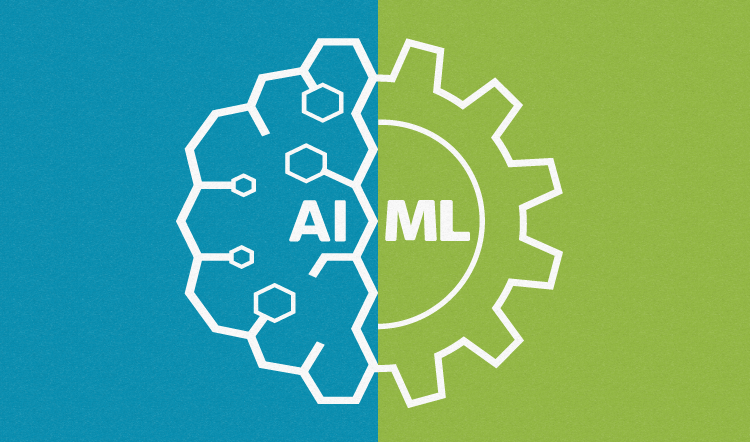The artificial intelligence (AI) and machine learning (ML) course designed for Children aims to introduce them to these technologies in a way that enhances creativity and problem-solving skills. These programs usually focus on interactive and hands-on learning experiences designed specifically for children's understanding. They usually include:
- Visual programming tools: The use of block-based programming languages such as Scratch or Blockly, which simplify programming concepts and make it easier for children to create their own artificial intelligence and machine learning projects without the need for advanced programming skills.
- Educational games and applications: Integrating the concepts of artificial intelligence and machine learning into educational games and applications, where children can learn by interacting with virtual agents or solving puzzles that use machine learning algorithms.
- 3. Robotics and IoT projectsIt involves physical computing using robots or IoT devices that respond to commands based on basic machine learning principles, teaching children how artificial intelligence interacts with the physical world.
- 4. Storytelling and creativity: Encourage storytelling through narration generated by artificial intelligence or interactive media, allowing children to see the creative potential of artificial intelligence beyond traditional programming.
- Ethical and social implications: To present discussions on the ethical use of artificial intelligence and its impact on society and to encourage responsible innovation among young creators. In general, these programs are aimed at enabling children not only to passively consume technology, but also to understand how it is created and shaped, to foster a generation of tech-savvy creators and Problem Solvers.

